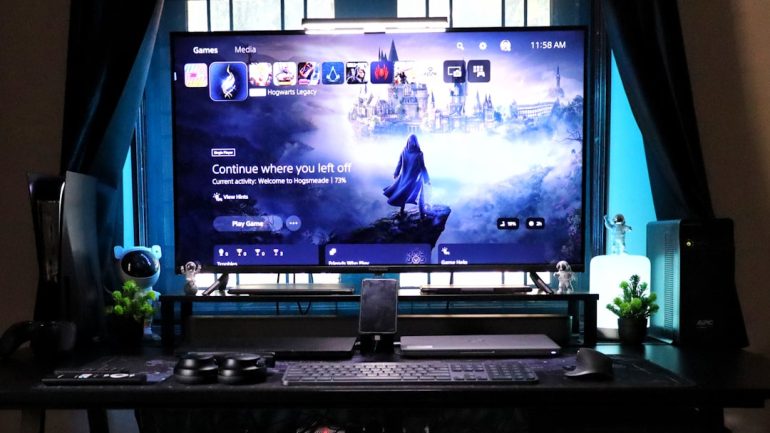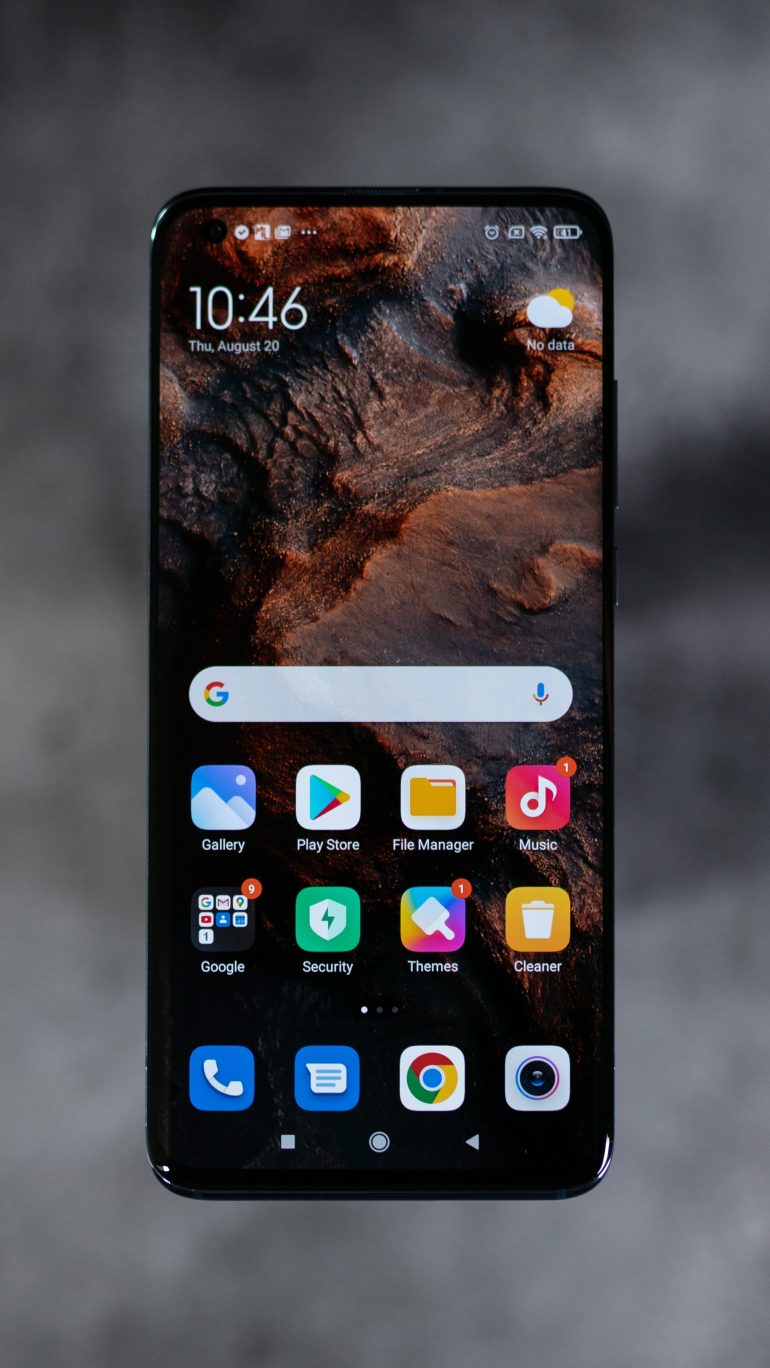RX 7900 XT vs RTX 4070 Super: Value Guide
Choosing a graphics card can feel like picking a side in an epic superhero showdown. On one side, we have AMD’s RX 7900 XT. On the other, NVIDIA’s RTX 4070 Super. Both offer great performance, but which one gives you more bang for your buck?
TL;DR: The AMD RX 7900 XT is more powerful, especially at 4K, but it costs more. The NVIDIA RTX 4070 Super is cheaper and more power efficient, and it has great features for streamers and creators thanks to DLSS and better ray tracing. If you’re gaming at 1440p, the 4070 Super is a smarter value buy. However, if you’re chasing high frame rates and play at 4K, the 7900 XT is hard to beat.
Price Showdown
Table of Contents
This is probably the biggest factor for most of us. Price affects everything.
- RX 7900 XT: Around $750 USD
- RTX 4070 Super: Around $600 USD
The 4070 Super is clearly the cheaper option. But is the extra money for the 7900 XT worth it? Let’s find out.
Performance: Raw Power vs Smart Tricks
When it comes to sheer muscle, the RX 7900 XT packs a bigger punch. It’s closer in power to the RTX 4080 than the 4070 Super.
Tested in modern games at 4K:
- RX 7900 XT: Strong performance, often over 60 FPS
- RTX 4070 Super: More limited at 4K, but great at 1440p
In 1440p gaming, the 4070 Super holds its own extremely well and even beats the 7900 XT in some ray tracing scenarios thanks to DLSS 3.5 support.

Ray Tracing and DLSS vs FSR
This is where NVIDIA sneaks ahead. The RTX 4070 Super supports DLSS 3.5, including Frame Generation. This tech lets you get higher frame rates even when your GPU is struggling.
Ray tracing also looks better on NVIDIA cards. Shadows, reflections, and lighting are more detailed and better optimized.
AMD’s answer is FSR (FidelityFX Super Resolution), which isn’t bad, but it’s not as advanced as DLSS. It doesn’t offer frame generation (yet), and the image quality isn’t always as sharp.
- RTX 4070 Super: DLSS 3.5 + better ray tracing
- RX 7900 XT: FSR 2 – good but behind NVIDIA
If you love a pretty picture with all the latest visual effects, NVIDIA takes the crown.
VRAM and Future-Proofing
Here’s where AMD claws back some points.
- RX 7900 XT: 20GB GDDR6
- RTX 4070 Super: 12GB GDDR6X
More VRAM helps in future games with bigger textures, or in modded titles. It also helps with multitasking if you’re running creative apps on the side. 20GB feels a lot more future-proof than just 12GB.
That said, not all games today use even 12GB. But some heavy hitters like Hogwarts Legacy and The Last of Us Part I already push those limits at higher settings.
Winner? The RX 7900 XT wins for gamers thinking long-term.
Power Use and Cooling
Want a cooler, quieter PC? The RTX 4070 Super is more efficient. It uses less power and runs cooler under load.
- RX 7900 XT: Around 300-315W
- RTX 4070 Super: Around 220-230W
That’s great if you have a smaller power supply or want a quieter build. Less power also means less heat and stress on your components in the long run.
Software Features and Creators
Gamers aren’t the only ones using GPUs. If you stream or create content, features matter.
NVIDIA’s NVENC encoder is a dream for streamers and video editors. It’s fast and efficient. Their software tools, like Broadcast and ShadowPlay, are just better in most cases.

AMD has some tools, but they’re basic by comparison. NVIDIA just has a more polished software ecosystem.
- Streamer or creator? Go NVIDIA.
- Pure gamer? Either could work.
Build Compatibility
Power and size can mess with your PC build plans.
- RX 7900 XT: Bigger, heavier, more power draw
- RTX 4070 Super: Smaller, lighter, easier to fit
This makes a difference if you’re using a compact case. You’ll need better airflow and maybe even an upgraded PSU for the 7900 XT.
Slim case or budget PSU? The 4070 Super is a better fit—literally.
Upscaling: FSR vs DLSS
Both AMD and NVIDIA have AI upscaling for better frame rates without sacrificing too much image quality. Here’s how they stack up:
- DLSS: Only works on NVIDIA cards, looks cleaner, offers Frame Generation with DLSS 3 and up
- FSR: Works on any GPU, but image quality can be softer, and there’s no frame generation yet
If you want to future-proof your experience with smoother gameplay at higher resolutions, DLSS is generally more polished.
Who Wins the Value Battle?
Let’s break it down simply:
- You’re gaming at 1440p: The RTX 4070 Super is the sweet spot. Cheaper, cooler, and supports better features.
- You’re going 4K or want max settings: The RX 7900 XT offers more raw power and VRAM.
- You’re a creator or streamer: Go with the RTX 4070 Super. Better tools, better NVENC encoder.
- You want a long-term card with beefy specs: The RX 7900 XT delivers more in the long haul.
Final Scoreboard
| Category | RX 7900 XT | RTX 4070 Super |
|---|---|---|
| Price | $750 | $599 |
| Performance (4K) | Winner | Good |
| Ray Tracing | Decent | Winner |
| Upscaling | FSR 2 | DLSS 3.5 + Frame Gen |
| VRAM | 20GB | 12GB |
| Power Use | High | Lower |
| Software Features | Basic | Winner |
The Verdict
There’s no wrong choice here—just the right choice for your gaming style and needs.
If you want every frame and play at 4K: Get the RX 7900 XT.</





![What Is a SATA Cable Used For? [Guide 2025]](https://hitechweirdo.com/wp-content/uploads/2025/09/computer-power-supply-cables-are-displayed-sata-cable-types-computer-cables-data-and-power-connection-770x578.jpg)

